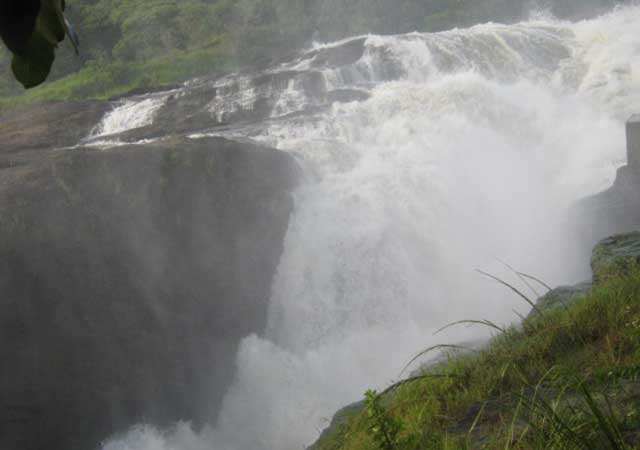
Kampala, Uganda | THE INDEPENDENT | Members of Parliament have rejected government’s decision to carry out feasibility studies for a hydropower dam at Uhuru Falls.
This was after the Minister of State for Energy, Eng. Simon D’Ujanga on Thursday presented a report on “the establishment of a hydro-power dam at Uhuru Falls site”.
He said that investing in power generation has been a key government priority which will result to 2,500 Megawatts by 2020.
However the Speaker, Rebecca Kadaga, however, asked D’Ujanga to give a specific response on the proposed construction of Uhuru hydro-power project.
D’Ujanga told MPs that the government signed an MOU with a South African firm, M/s Bonang Energy and Power Ltd to undertake the feasibility study to guide the decision on developing the proposed Uhuru Hydro-power project.
However, when MPs questioned the impartiality of the firm because it is interested in developing the power dam, D’Ujanga said that the government has not yet decided which firm will do the study.
Nwoya woman MP, Lilly Adong said investors can easily manipulate government officials to act in their interest.
A cross-section of MPs, however, opposed the move to conduct a feasibility study.
Maracha East MP, James Acidri, says that it is a deliberate move to sabotage tourism in Murchison Falls so that the people in Northern Uganda and Bunyoro continue languishing in poverty.
Erute South MP, Jonathan Odur, also says MPs should flatly reject the move to protect Murchison Falls.
Kamuli Municipality MP, Rehema Watongola, Bukoto County East MP, Florence Namayanja and Kyankwanzi Woman MP, Ann Maria Nankabirwa supported Acidri’s proposal.
Kadaga referred the matter to the committee on environment and natural resources for further scrutiny.
The committee will present its report to the House after the Christmas break.
Last month, a consortium of 18 civil society Organizations (CSOs) petitioned President Yoweri Museveni over the construction of the hydro-power dam.
They urged Museveni to save Murchison Falls, among other critical heritage sites because dams and other infrastructural developments are harmful to biodiversity.
******
URN
 The Independent Uganda: You get the Truth we Pay the Price
The Independent Uganda: You get the Truth we Pay the Price





